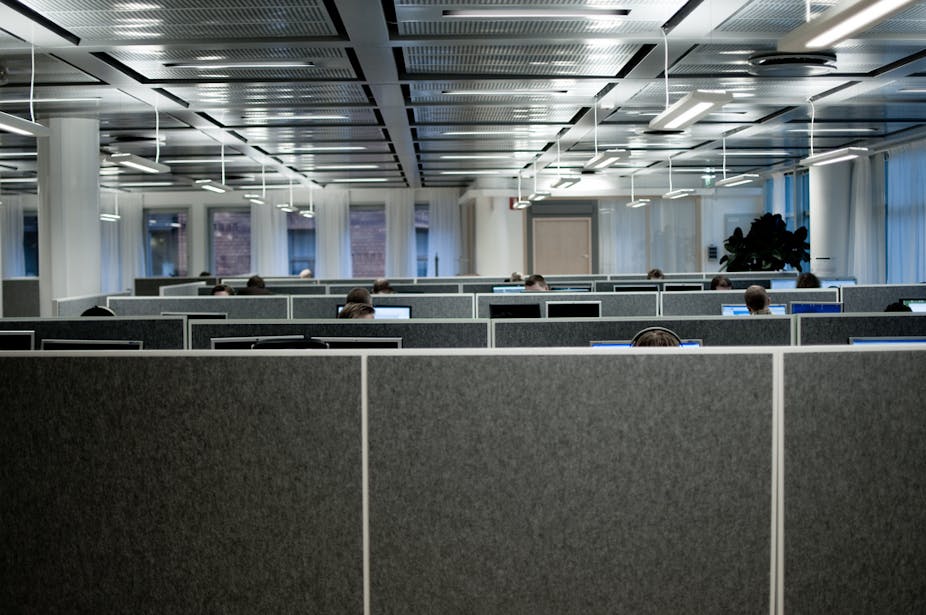Cancer is now the leading cause of death and disability in Australia. One in two males and one in three females living to the age of 85 in Australia receives a cancer diagnosis at some stage in his or her life.
In 2008, approximately 40% of new cancer diagnoses were given to people aged between 30 and 64 years old. For many, this represents the most productive part of their working lives.
Due to increased life expectancy and the fact that cancer occurs more commonly in the elderly, more cancer diagnoses are expected in the future. While many people diagnosed with cancer may no longer be in the workforce themselves, their primary carer may be a son or a daughter who is in paid employment.
Cancer and work
This has significant implications for those managing the workforce, as millions of sick days will be lost to cancer in coming years. In New South Wales alone, some 7.7 million sick days are expected to be lost due to prostate and breast cancer over the next ten years.
While many people choose to take time off work during cancer treatment, others prefer to continue to work, either to help maintain their sense of normality, or for financial reasons. Others may be caring for someone with cancer while working and there are also those people returning to work after cancer treatment.
There are many ways people deal with cancer in the work context: some may want to keep the fact that they have cancer confidential, while others may prefer to be open about it. Some may cope with work during and after their treatment very well, others may find that treatment affects the way they are able to do their job.
All of these people require a supportive work environment and workplaces need to be aware of their needs and develop plans to facilitate these adjustments.
Dealing with cancer in the workplace can be a complex and sensitive issue and many employers may find talking about cancer difficult. They may need additional information on how to address the special needs of people with or recovering from cancer in a supportive and sensitive manner. Some co-workers may be anxious that they may say the wrong thing and just need some guidance.
Adjusting and communicating
Some simple steps that managers can take to make it easier for an employee to continue working during treatment include making temporary adjustments to workloads, providing flexible working arrangements, additional leave, access to parking, quiet places for taking a rest, drafting return-to-work plans and promoting a better understanding of cancer among colleagues.
Clear communication is key, and ideally both the employer and employee should agree on reasonable working conditions, hours and workloads. This will ensure that people are not put under pressure. It also allows the employer to make alternative arrangements to address business productivity concerns.
Supporting employees affected by cancer is a two-way street. It may boost staff morale, enhance organisational loyalty and foster a positive image for the organisation. And there are sound business reasons for supporting staff with cancer. Retaining good staff saves recruitment and training costs and keeps valuable expertise and corporate knowledge within the organisation.
More information
Cancer Council NSW has produced a series of online workplace resources that include practical tips for employers and managers about creating cancer-friendly workplaces. They include fact sheets on developing (or reviewing) cancer-friendly organisational policies, tips for managers on talking to employees about their cancer, on how to support people undergoing treatment or caring for someone with cancer, and on dealing with death and bereavement.

